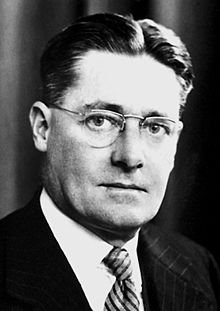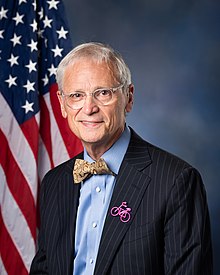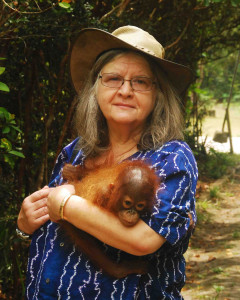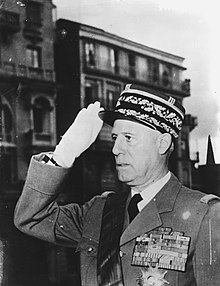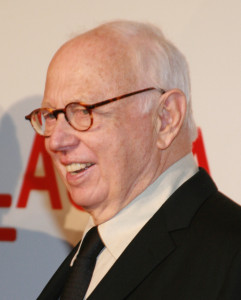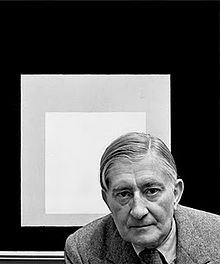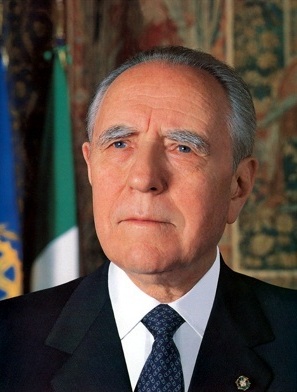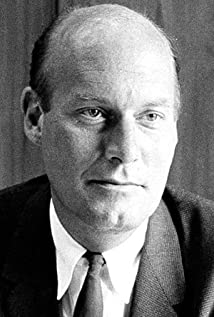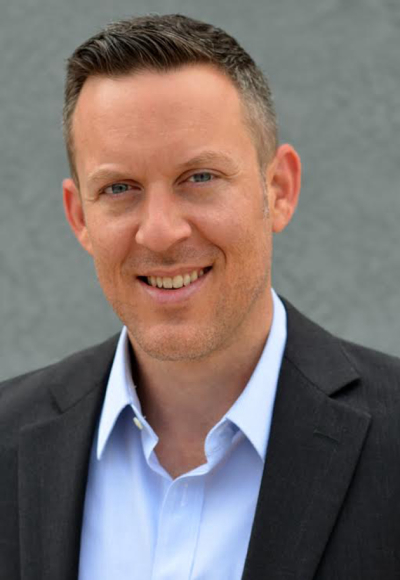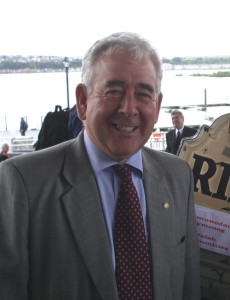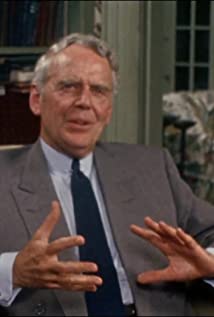Khalifa bin Zayed al Nahyan
Popular As Khalifa bin Zayed bin Sultan bin Zayed bin Khalifa bin Shakhbout bin Theyab bin Issa bin Nahyan bin Falah bin Yas
Birthday September 7, 1948
Birth Sign Virgo
Birthplace Al Ain, Abu Dhabi, Trucial States
DEATH DATE 2022-5-13, Abu Dhabi, United Arab Emirates (74 years old)
Nationality United Arab Emirates
#9197 Most Popular



